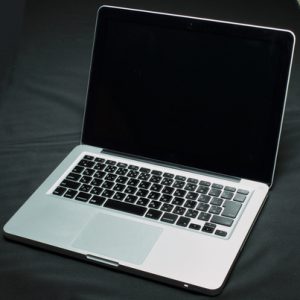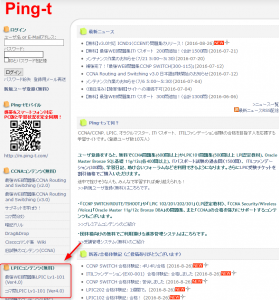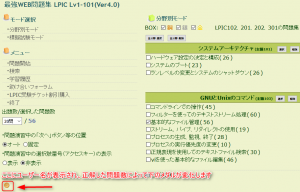LPIC level 1 study method starting from zero

table of contents
My name is Nakagawa from the infrastructure team.
I recently obtained the LPIC Level 1 certification as part of my training.
I had never even touched Linux before, so I started from scratch knowing nothing. I
'd like to share my study methods and experiences with those who are studying for the LPIC from scratch.
The books and websites I used as references are as follows:
Linux Textbook LPIC Level 1
Linux Textbook LPIC Level 1 Speed Master Questions Book
to learn the basics of LPIC in one week
Ping-t
What is LPIC?

Before explaining LPIC, it is essential to understand Linux .
Linux is one of the basic software (OS) that runs a computer.
LPIC is an exam that tests how much knowledge and skills you have of Linux.
There are three levels, from level 1 to 3, and I obtained Level 1, which is for beginners.
There are two to three tests for each level, and you can obtain the certification by passing them.
101 Study Methods
This is an introduction to the study method for this topic
First, I read the 101 exam topics in the Linux textbook.
However, without any specialized knowledge, I couldn't even understand the meaning of the terms.
So I got a rough idea of the content from " Learn the Basics of LPIC in One Week ."
After looking through the textbook, I used
Ping-t The content includes multiple choice questions and command questions.

You start with a bronze medal, get one correct answer and you'll get silver, and get consecutive correct answers and you'll get gold.
By the time you get gold medals on all the questions, you should be familiar with the questions.

The study period was about five months, but I only spent about an hour and a half per day studying.
In my case, it took me more time to absorb knowledge about LPIC than to solve the problems.
102 Study Methods
After taking the 101 test, you will understand the gist of it.
Ping-t charges for questions from 102 onwards, so you will need to apply for the fee.
I read through the textbook and got gold marks on all the questions in the exam area on Ping-t.
Next, I set a goal of getting 70% correct answers on all command questions.

There were more questions requiring command input than in 101, and the content was more complex.
On the other hand, mastering the command questions will help you gain confidence.
The problem set is also important, as questions similar to those written in the book will be asked.
In particular, I read the explanations for the ★★★ questions.
I studied for about two and a half months, spending an average of three hours a day studying.
Since the exam date was set in advance, I was able to concentrate.
A little problem before the exam
To take the exam, you need an account on the LPIC official website and Pearson VUE (the exam distribution company).
Registering with Pearson VUE was a bit of a hassle, as you have to register in both Japanese and English.
To pay the exam fee, you will need a credit card or a special ticket.
It is best to complete the exam procedures early so that you have more time and peace of mind.
At the end
At first, I tried writing things down in a notebook, but it wasn't very effective. I
found that reading sentences and explanations was quicker to remember than writing them down.
Once you get used to answering multiple-choice questions, you'll be able to narrow down the answers by instinct.
It's also important to maintain motivation until the day of the exam.
If you keep repeating the material, even if you don't understand it at first, you'll gradually understand it.
You will pass the exam if you get 500 points out of 800.
To put it bluntly, since it's largely a matter of memorization, I think you can still pass even if you focus on studying Ping-t.
However, to understand the content, it's best to use the textbook in conjunction with it.
Even if I pass the exam, I realize that I can't say I understand it unless I actually output it as a technique.
I will continue to study so that I can use the knowledge I have acquired through hard work in my work.
I hope that I can be of some help to those who will be taking the exam in the future.

 1
1







